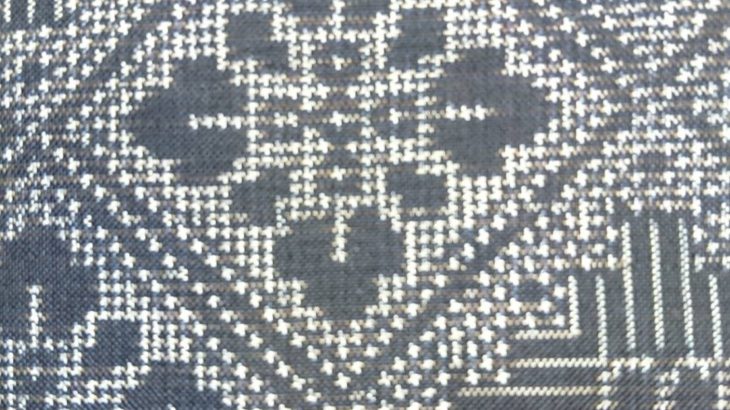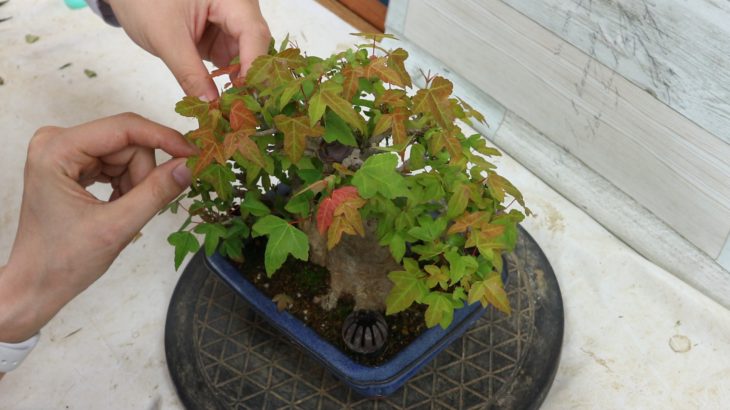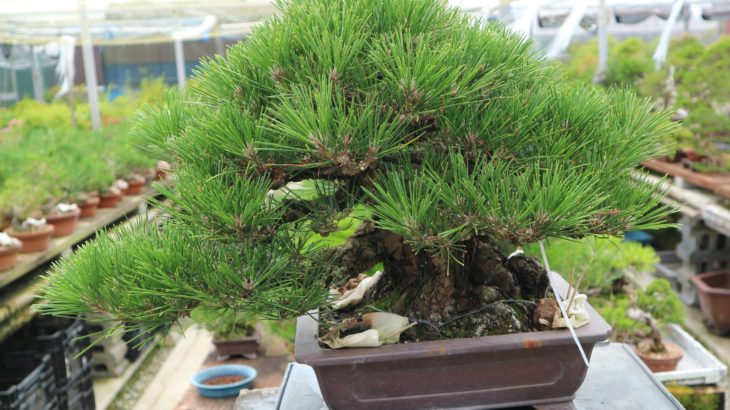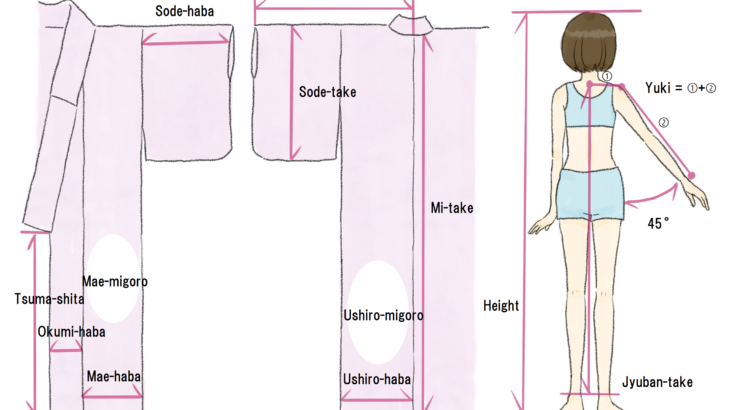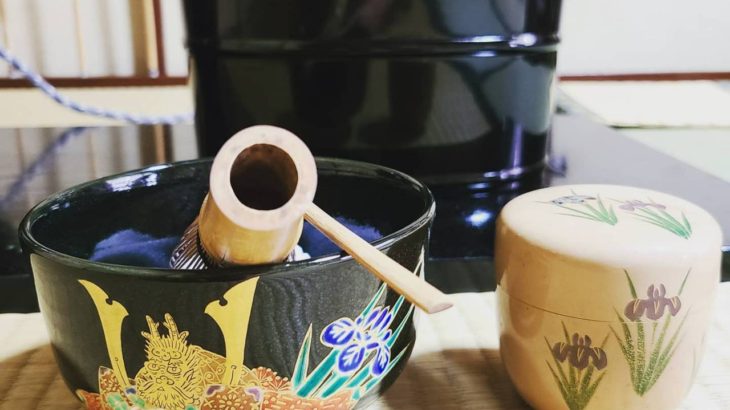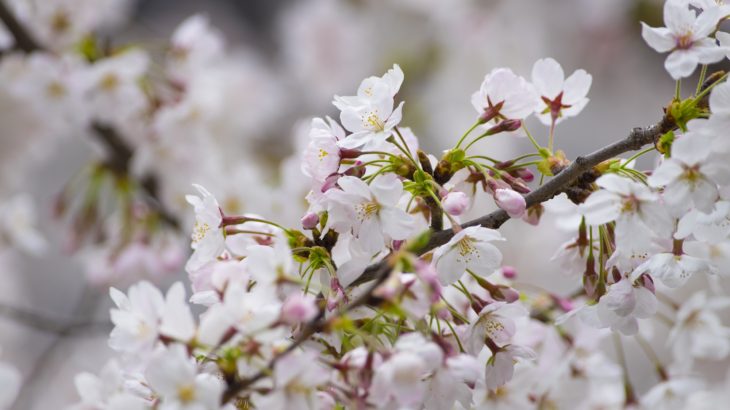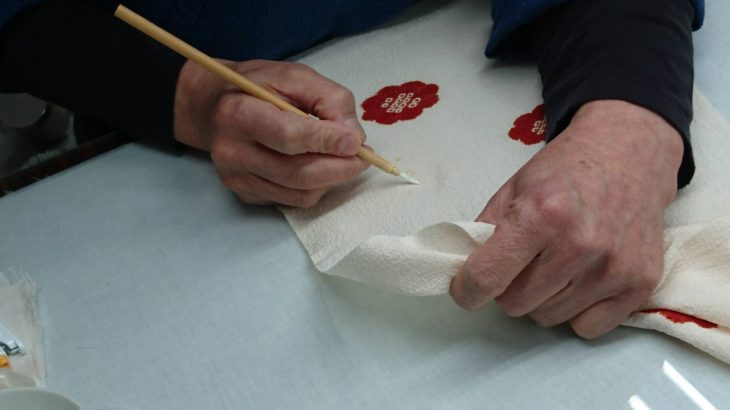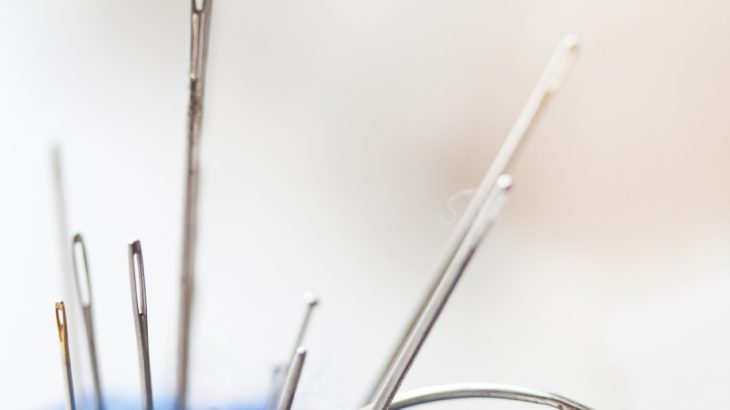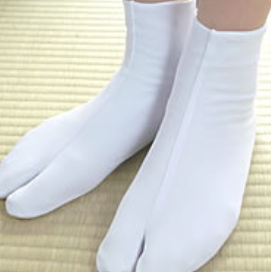Hello, this is Shinji from “Warashibe-choja.jp”. This time, I will talk about Oshima Tsumugi, which is very popular among kimonos. The kimono I made for the first time as a clerk at a kimono shop is also Oshima Tsumugi. Oshima Tsumugi is light, durable, and easy to wear, making it a very popular kimono. Oshima Tsumugi production area Oshima Tsumugi is produced in Kagoshima prefecture. The large Oshima Tsumugi Cooperatives are located in Amami City, Kagoshima City, and Miyakonojo City on Amami Oshima, and each of the items recognized by the cooperative is Chikyu-jirusi (= Earth Mark) (Honba-amami-oshima-tsumugi-cooperatives). ), Hata-jirusi (= flag mark) (Honba-oshima-tsumugi-orimono-cooperatives), Tsuru-jirusi (= crane mark) (Miyakonojyo-kinu-orimono-jigyo-cooperatives) stamps are attached. In addition, there are also certificate stamps of cooperatives that disappeared in 2003, such as the Kasari-cho Oshima Tsumugi Cooperative of Taka-kura-jirusi (= Stilt warehouse mark). History of Oshima Tsumugi It is said that 734 years in Kenmotsu-cho (= offering book) of Todaiji Temple in Nara is the oldest recorded history of Oshima Tsumugi.In 1980, it was registered as a national traditional craft. A pattern is made by Kasuri of yarn-dyed Tate-ito (= warp) and Yoko-ito (= weft), and it becomes Tsumugi. Its fineness, along with French Gobelin […]
Hello, this is Shinji from “Warashibe-choja.jp”. This time I would like to continue talking about bonsai care. We have summarized what you have learned about “Mizu-yari”, “Uekae”, “Sentei”, “Ha-sukashi”, and “Harigane-kake”. This time, I would like you to watch the pruning scenery of Miki, the third generation female bonsai master of Shoka-en, and Yuko, a walking instructor. Mizuyari ( = Watering ) Watering methods differ depending on the season and each plant, so it is one way to ask the bonsai garden. There are two famous monthly magazines for bonsai in Japan. It seems that there are trends in the Kansai region and the Kanto region respectively, but we recommend “Bonsai-Sekai” and “Kindai-Bonsai”. Please read that as well if you like. spring & autumn Once the soil is dry, water it evenly once a day. It’s okay if water comes out from the bottom of the pot. summer Please raise the water 2-3 times a day, and give plenty of water in the morning and evening. Be careful not to run out of water in the summer. In bonsai gardens, water may be given four times at times. winter Once a day if the soil is dry, once every two […]
Hello, this is Shinji from “Warashibe-choja.jp”. Today I would like to talk about bonsai in Japanese culture. The other day, I went to “Shoka-en” in Ikeda City, Osaka Prefecture. I heard that bonsai, like kimono, is declining due to the shortage of successors, and exchanged opinions asking, “Can we coexist with each other?” For those who say, “I want to try it, but I don’t know what to do,” I would like to briefly introduce what I have learned. Bonsai history The origin of bonsai is said to be China, and it is said that at least 2500 years ago it was customary to plant and grow trees in pots. In the history of Japan, you can see bonsai paintings in picture scrolls made after the Kamakura period 700 years ago. From the Kamakura period to the Muromachi period and the Edo period, bonsai is often drawn on folding screens. Bonsai was originally a sculpture that expresses nature centered on stones, which was popular among shoguns and monks during the Muromachi period. There is a record of growing bonsai in a garden on the premises of a daimyo mansion in the Edo period. In the first half of the Edo […]
Hello, this is Shinji from “Warashibe-choja.jp”. This time, I would like to talk about your size kimono.When measuring the dimensions of kimono, people with a long kimono industry use “Kujira-Jaku”. In recent years, it is often expressed in centimeters in online shopping. I want to make this site to convey Japanese culture overseas, so this time I will tell you in centimeters. I also managed a major recycling kimono company, so I would like to introduce how to wear kimonos that do not fit in size in the future. What is Kujira-Jaku? There are various theories, but in Japan it is said that the ruler used for Japanese dressmaking is derived from the ruler made of baleen (= whale). One shaku of Kujira-Jaku is equivalent to 1 Shaku 2 Sun 5 Bu of Kane-Jaku, which is generally called, and is 37.88 cm. It was banned after 1959, but was re-approved in 1977. Traditional kimono shops often use the whale scale that has been used since the Edo period. ( Please note that Kane-Jaku may be used in the Tohoku region. ) How to know your dimensions Where do you measure your body shape to make a kimono? I think many […]
Hello, this is Shinji from “Warashibe-choja.jp”. This time, I talked a little about it last time, so let’s talk about the basics of Japanese tea ceremony. I think there are some differences depending on the school, but I hope you will know how to enjoy the tea ceremony. Speaking of Japanese tea ceremony, I think that many people have the image of sitting upright in a tatami room. There is also a tea ceremony with chairs called Ryurei-shiki and an outdoor tea ceremony called Nodate. I think it will be interesting even if you experience it once. There are “Okoi-Cha” and “Ousu-Cha” in Japanese tea, but this time I will write about “Ousu-Cha”. 1, What you need at a Japanese tea ceremony Fukusa If you are practicing otemae (= how to make tea), you should have it. It is used to wipe and clean the tea utensils and to see the tea utensils. There are various colors, but the color may be decided depending on the school such as Omotesenke. Sensu ( = Folding fan ) It is used by placing it in front of your lap when bowing for greetings at the beginning and end of the lesson. A […]
Hello, this is Shinji from “Warashibe-choja.jp”. Recently, I’ve heard that some people are called Kimono Police and complain about other people’s kimonos.There is the word Kata-Yaburi ( = Unconventional in a good way ) in Japanese. In a good way, I personally don’t like to complain to those who break traditions and expand the kimono culture as a new fashion. I would like to know the basics and encourage you to take on challenges. However, there are also people who do not know the basics and break the shape and arrange it as they like because it is interesting. In Japanese, there is the word Kata-Nashi ( = Ruined ). If you enjoy it after knowing the important basics, you will be able to enjoy Kata-Yaburi fashion instead of Kata-Nashi. Today I would like you to briefly learn the basics of kimono types and seasons. Awase ( = lined kimono ) When tailoring a kimono piece, a kimono with a lining called Hakkake or Dou-Ura. It is mainly used for kimono in the cold season. Hitoe ( = unlined kimono ) When tailoring a kimono cloth, it is not lined (sometimes a cloth called Ishikiate is attached to avoid dirt […]
Hello, this is Shinji from “Warashibe-choja.jp”. Can you take care of Kimono overseas the other day? I went to consult with a craftsman. This time I would like to summarize the stories I heard at that time. 1, What is stain removal? *Stain in the text = dirt.“Stain removal” mainly removes stains on fibers. Here, we are talking about physical means rather than scientifically treating with chemicals.The stains are roughly divided into “oil-based”, “water-based”, and “mixed both”. Simply put, “oil-based stains are benzine,” “water-based stains are water,” and “mixed stains are benzine and water.” First of all, it is important to determine what the components of the stain are and to correctly judge what can be removed.・ Foundation and other oil stains can be removed with benzine.・ You can use water to remove the water type and sweat that flew when you wash your hands.・ Foods are often mixed with oil and water, so first remove the oil with benzine and then wash it off with water.It’s easy to express in sentences, but it can be difficult and irreversible. In order to prevent that, I will introduce a little detail this time. The principle of removing stains is classified into […]
Hello, this is Shinji from “Warashibe-choja.jp”. As I wrote the article, some unknown names came up, so this time I summarized the names of kimonos. Based on that, I expressed “how to fold a kimono” in a diagram in the article I wrote earlier, but this time I made a video so I will introduce it together. I would be grateful if you could remember it together with the kimono location name. Kimono location name front Eri : An elongated part that surrounds the neck and intersects at the chest. When distinguishing from Kake-Eri, it is sometimes called Ji-Eri. Kake-Eri : Also called Tomo-Eri, it is a collar attached on top of Ji-Eri to prevent the collar from getting dirty. Sode-Tsuke : The part where the sleeves and body connect. Kata-Mitake : The length from Katayama to the hem of the sleeves. Sode-Haba : Sleeve width. The length from the part that connects to the body of the sleeve to the tip of the sleeve called the cuffs. Sode-Take : Sleeve length. The length from the top of the sleeve (Sode-Yama) to the bottom of the sleeve. Eri-Saki : The tip of the kimono collar. Tsuma-Saki : The part between […]
Hello, this is Ryo from “Warashibe-choja.jp”. Today I would like to talk about embroidery.Just as there are traditional embroidery in each country such as French embroidery and Chinese embroidery, there is also something called “Japanese embroidery” in Japan. Depending on the place of origin, they are called “Edo embroidery,” “Kyoto embroidery,” “Kaga embroidery,” etc., and although the basic technique is the same, there are small differences in patterns and colors. Japanese embroidery is an embroidery that is stabbed with both hands using silk thread, and its origin is said to be the “Shubutsu” that was handed down from India across the Chinese Silk Road in about 500 AD. I will. The oldest surviving embroidery craft in Japan is called “Tenjukoku Mandala Embroidery Book”, a national treasure handed down at Chuguji Temple in Nara Prefecture. It is a pictorial representation of the heavenly world that Prince Shotoku would have ascended to. Around the 14th century, it was gradually released from the frame of Buddhist art and used for kosode and Noh costumes, and it began to color the costumes of aristocrats and samurai. However, in the latter half of the 19th century, the samurai and shrines, which were the main orderers, […]
Hello, I’m Shinji aka Warashibe Choyja (Straw Millionaire). This time, I would like to talk about the types of tools required for dressing. I will introduce how to wear it from the top of the clothes in the future, but since I have been involved in kimono for 20 years, I will first introduce the tools for correct wearing. There are several schools in Japan regarding how to wear kimono and tools, so I would like to mention that this is not all. 1, About underwear ①”Kimono bra” Underwear that makes your outfit look more beautiful A brassiere for holding down your chest and flattening it. Clothes bras emphasize “pulling and raising”, while Japanese bras emphasize “flattening and holding”. If you use a kimono bra, you can get on the obi and the chest that doesn’t look beautiful will be refreshed, and you will get the most beautiful line when you wear a kimono, so it is a must-have item. ②”Tabi” kimono socks Tabi are so-called “socks” for kimono. Generally, it comes with a small oval metal fitting called “Kohaze”. It is designed to be hooked on the string at the top of the heel and the Achilles tendon. (Some […]
